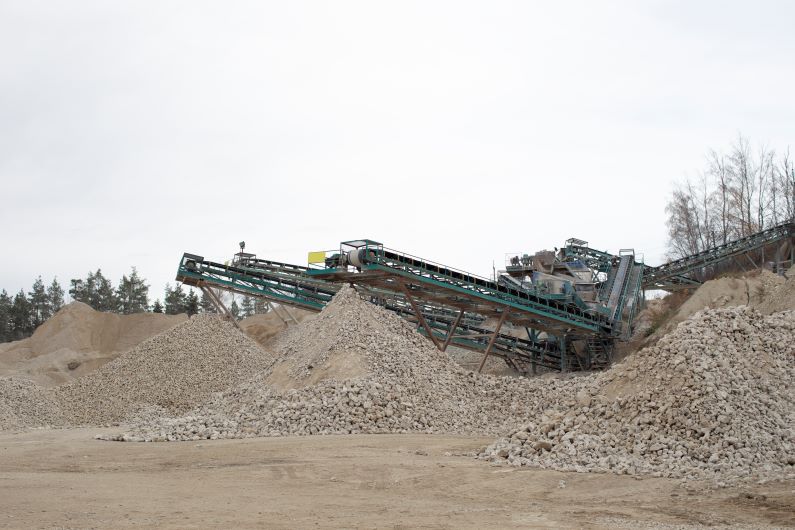
This presentation ‘Lessons Learned from Stakeholder Engagement and Education on the Sustainable Pavements Programme’ was delivered at the 2023 ACI Convention, San Francisco by Milena Rangelov VP of research in VitalMetrics, who has worked on the Federal Highway Administration sustainable payments programme, together with Michelle Helsel. It specifically focuses on mix design optimisation with durability. This is Part 4 of a four-part series.
… continued from Part 3.
Correlations with durability and performance metrics
The second half of the presentation focuses on correlations with durability and performance metrics. This study aims to dispel misconceptions surrounding the trade-off between reducing carbon emissions and compromising durability. It draws on data from four different studies covering a total of 145 concrete mixtures.
This comprehensive analysis incorporates various mix types, paving and structural, with diverse SCMs, water-cement ratios, and paste contents. The methodology involves standard tests for compressive strength, surface resistivity as a proxy for durability, and LCAs to correlate mix design parameters with embodied carbon and mechanical and durability properties.
This study emerges from a dedication to addressing stakeholders’ concerns and dispelling misperceptions. It seeks to answer whether reducing carbon emissions in concrete mixes inevitably leads to a deterioration in durability. By examining a wealth of data across different mixtures and parameters, the study aims to provide evidence-based insights that guide sustainable practices in concrete pavement construction.
Examining different mixes, including those with ordinary Portland cement and Portland limestone cement, reaffirms the strong correlation between cement content and GWP. The inclusion of Portland limestone cement showcases a proportionally lower environmental impact, providing a promising avenue for sustainable concrete solutions.
Contrary to conventional wisdom, this analysis challenges the notion that higher compressive strength inevitably leads to higher GWP. The data reveals a diverse and non-linear relationship, dispelling common assumptions about the trade-offs between strength and environmental impact.
A graph illustrating the effect of paste content on the composite parameter of compressive strength over GWP highlights the trade-off point around 25% paste content. This serves as a practical guideline for optimising mixes for both strength and sustainability.
The correlation between surface resistivity (a proxy for durability) and GWP demonstrates a trend where mixes with higher surface resistivity tend to have lower GWP. This suggests a potential synergy between achieving durability and environmental sustainability.
In conclusion, the study underscores the importance of considering multiple goals in synergy rather than as conflicting priorities. Cement content remains a significant factor in environmental impact, and optimising mix designs can lead to substantial reductions in embodied carbon without compromising performance.
More news
- PART 2: CONCRETE IN THE DESIGN OF A UNIQUE LUXURY HOME IN GEORGE, SOUTH AFRICA
- PART 1: CONCRETE IN THE DESIGN OF A UNIQUE LUXURY HOME IN GEORGE, SOUTH AFRICA
- MVULE GARDENS, AFRICA’S LARGEST 3D-PRINTED AFFORDABLE HOUSING PROJECT
- PART 3: HARNESSING THE POTENTIAL OF HIGH SULPHUR FLY ASH IN CONCRETE PRODUCTION
- PART 2: HARNESSING THE POTENTIAL OF HIGH SULPHUR FLY ASH IN CONCRETE PRODUCTION




